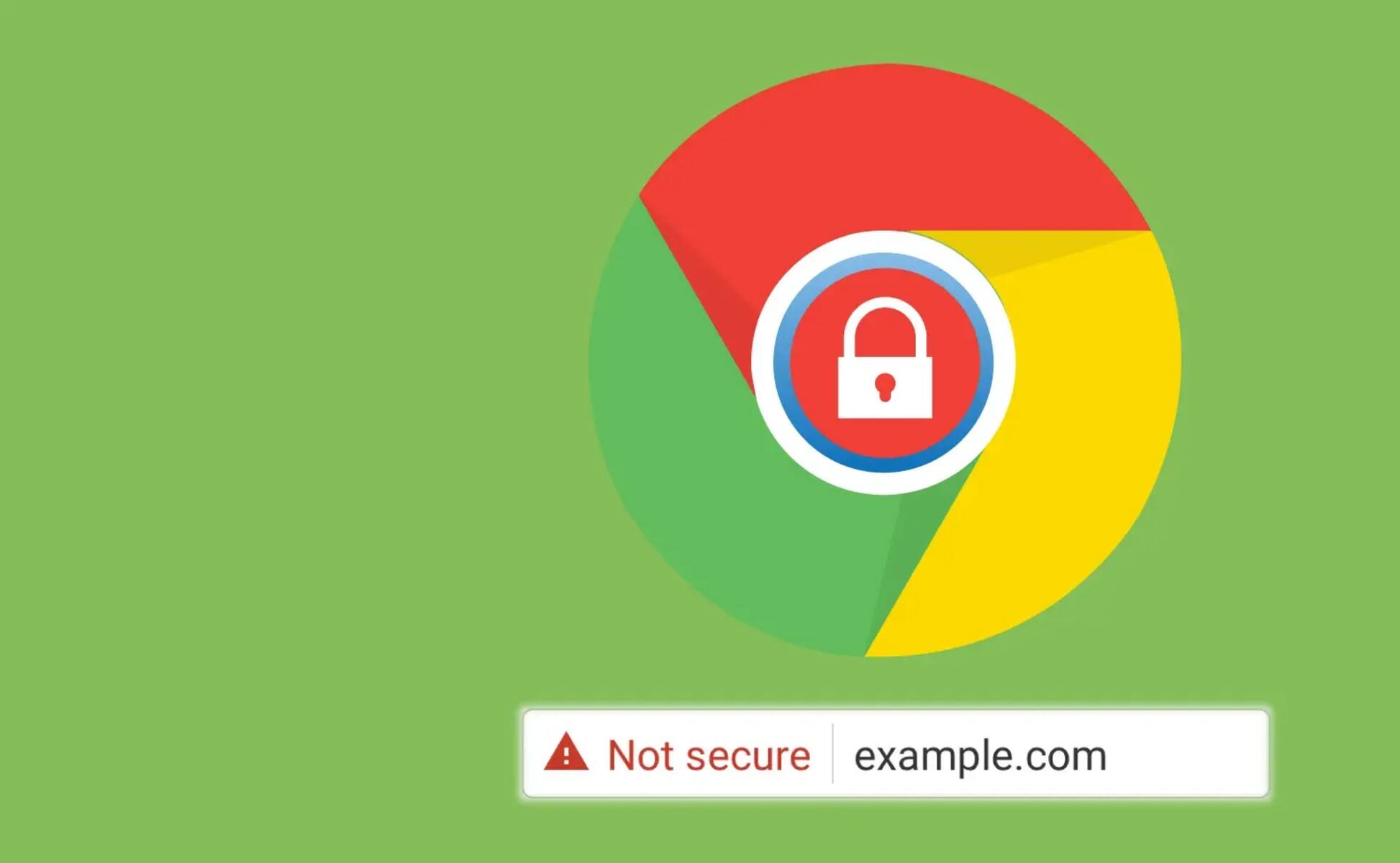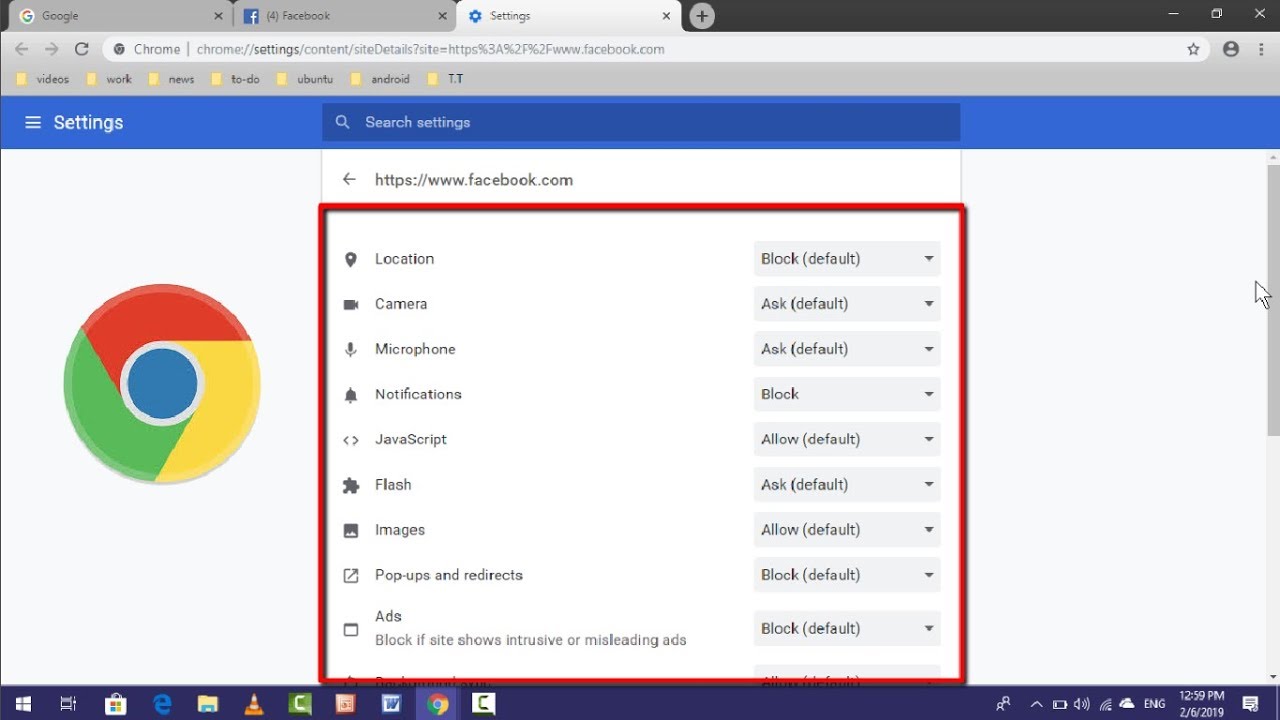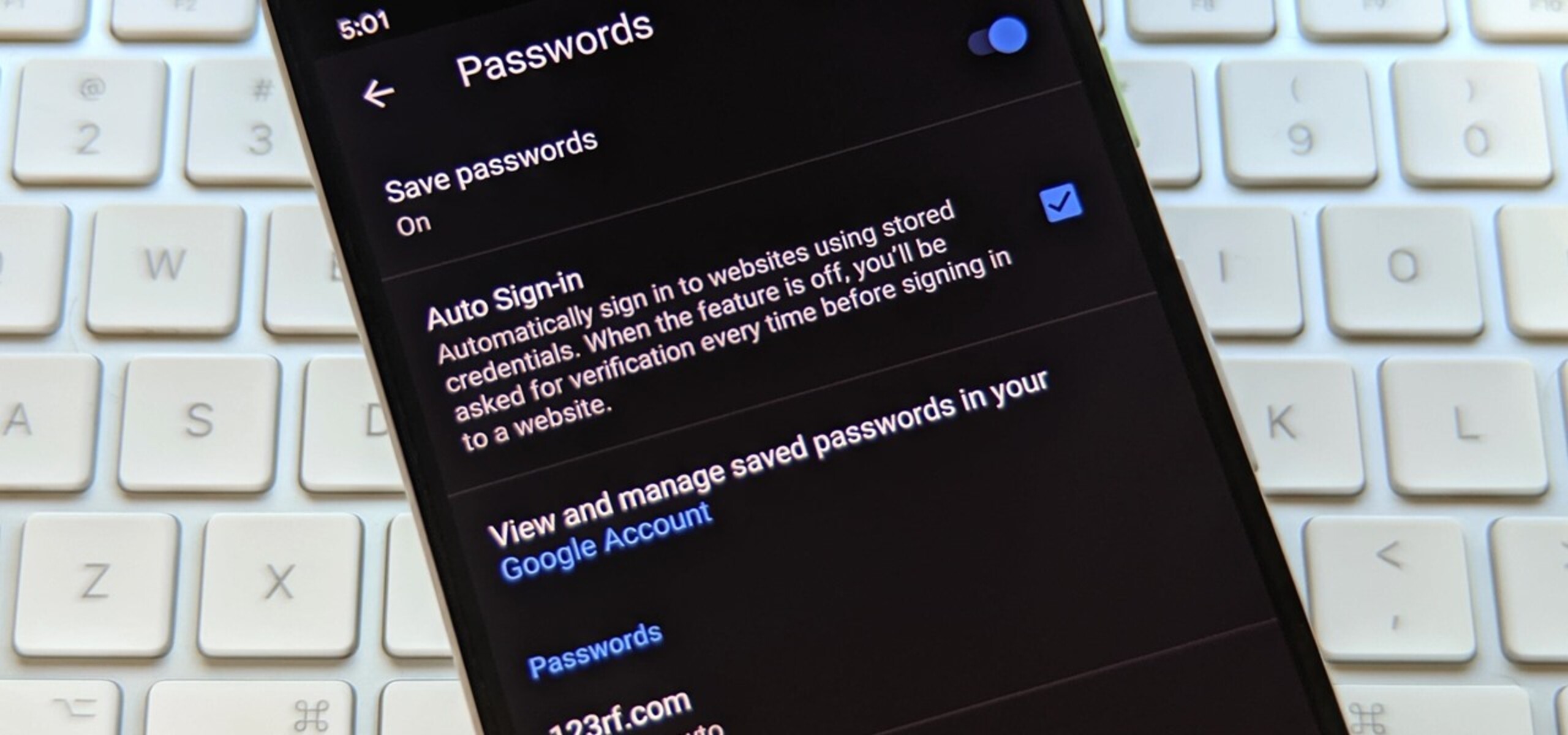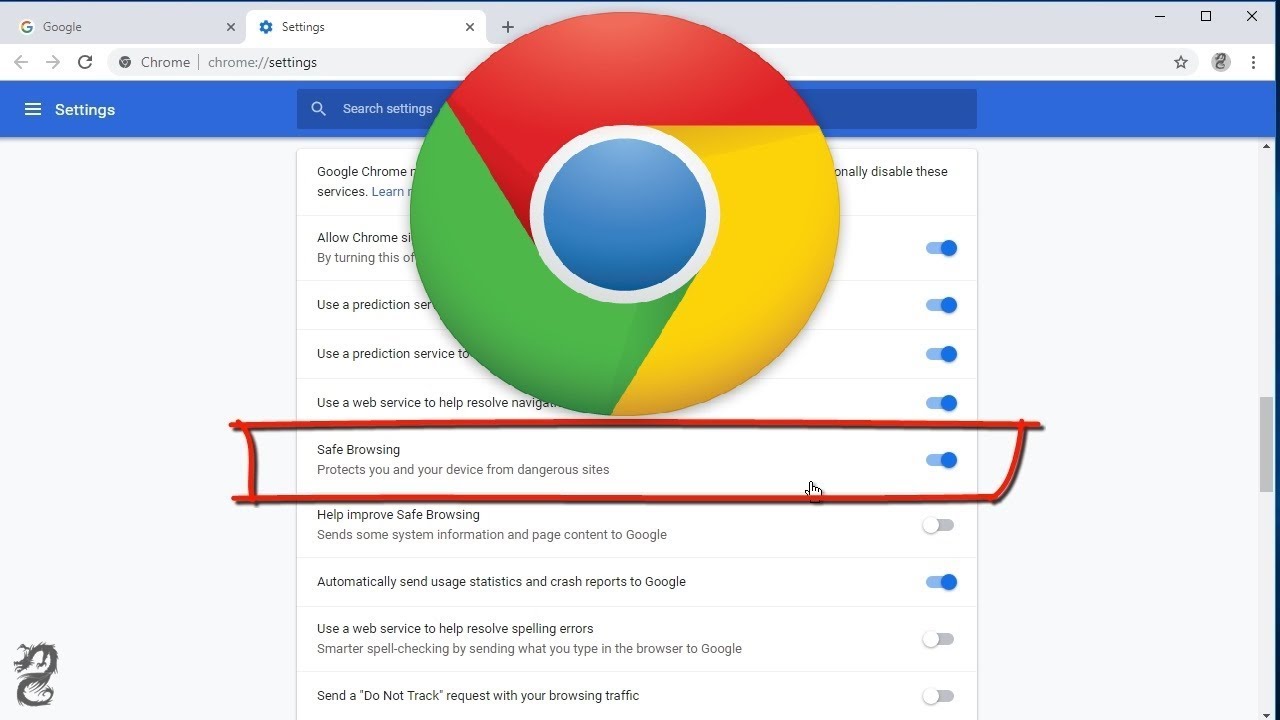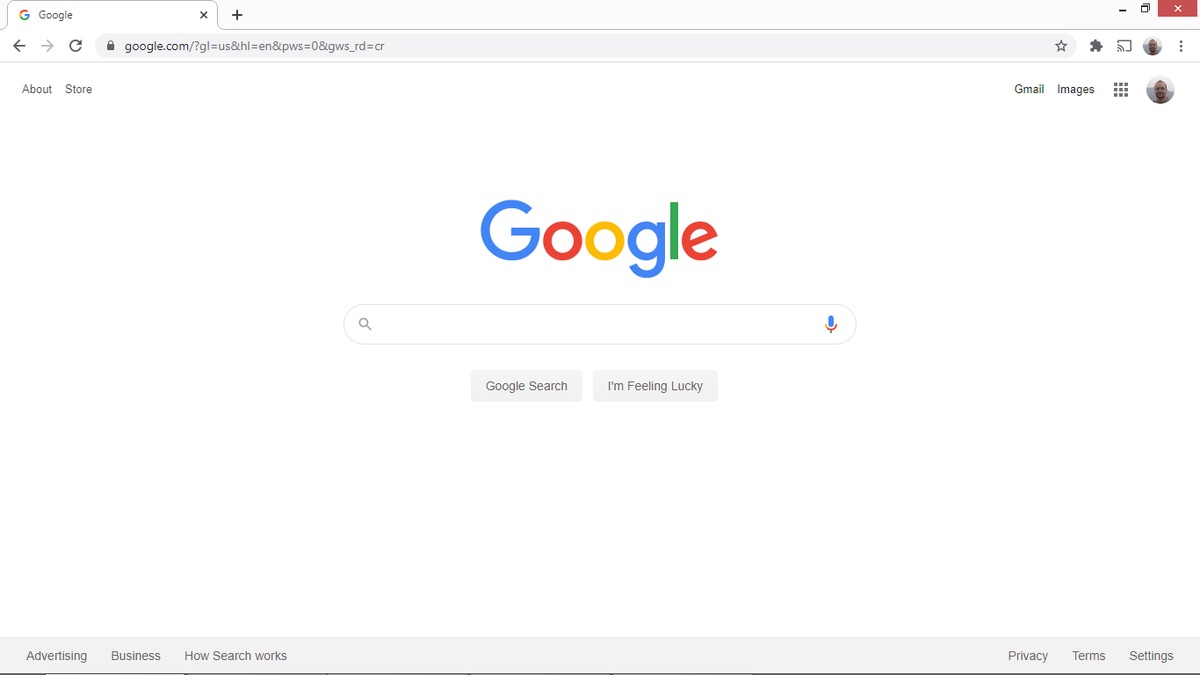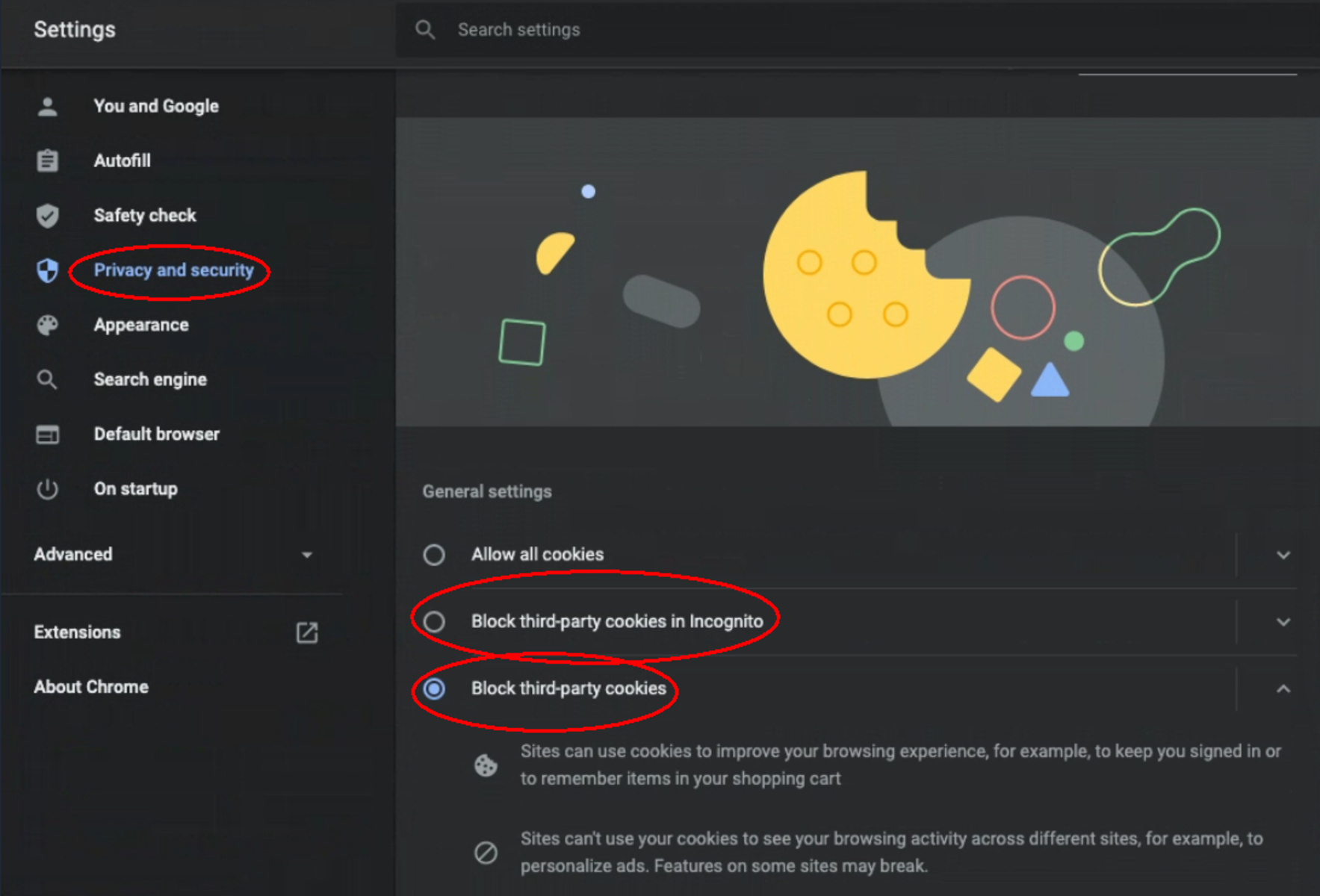Introduction
In today's digital age, web browsers have become an integral part of our daily lives, serving as gateways to the vast expanse of the internet. Among the myriad of browsers available, Google Chrome stands out as a popular choice, offering a seamless and secure browsing experience for users worldwide. However, as the internet continues to evolve, the issue of website security has garnered increasing attention.
One common scenario encountered by Chrome users is the encounter of "Not Secure" warnings when attempting to access certain websites. These warnings serve as a cautionary signal, indicating that the website does not have a valid SSL certificate or is not using HTTPS encryption. While this may raise concerns about the safety of the website, there are instances where users may need to access such sites for various reasons.
In this article, we will delve into the intricacies of not secure websites, exploring the potential risks they pose and providing a comprehensive guide on how to allow access to them in Google Chrome. By gaining a deeper understanding of this topic, users can make informed decisions when navigating the web, balancing the need for security with the necessity of accessing specific content.
As we embark on this exploration, it's essential to approach the topic with a sense of curiosity and a willingness to adapt to the ever-changing digital landscape. By empowering users with the knowledge and tools to navigate not secure websites safely, we aim to foster a more secure and informed online community. Let's embark on this journey to unravel the nuances of not secure websites and discover the steps to navigate them effectively within the Chrome browser.
Understanding Not Secure Websites
When browsing the internet, you may have encountered the ominous "Not Secure" label displayed in the address bar of your Chrome browser. This label serves as a warning, signaling that the website you are visiting does not have a valid SSL certificate or is not utilizing HTTPS encryption. Understanding the implications of this warning is crucial for navigating the web safely and securely.
In essence, a not secure website lacks the essential layer of security provided by HTTPS encryption. HTTPS, which stands for Hypertext Transfer Protocol Secure, ensures that the data exchanged between your browser and the website is encrypted, safeguarding it from potential eavesdropping or tampering by malicious entities. When a website is labeled as "Not Secure," it means that the connection is not encrypted, leaving any data transmitted vulnerable to interception.
It's important to note that the absence of HTTPS encryption can compromise the confidentiality and integrity of sensitive information, such as login credentials, personal details, and financial data. Without encryption, this data can be intercepted by cybercriminals, leading to potential identity theft, financial fraud, or unauthorized access to personal accounts.
Furthermore, the "Not Secure" warning can also erode user trust and confidence in the website. In an era where online security is paramount, encountering such warnings can deter visitors from engaging with the site, potentially impacting its credibility and reputation.
From a technical standpoint, the absence of a valid SSL certificate contributes to the "Not Secure" label. An SSL certificate, short for Secure Sockets Layer certificate, is a digital certificate that authenticates the identity of a website and enables secure, encrypted communication. When a website lacks a valid SSL certificate, Chrome flags it as "Not Secure," alerting users to the potential risks associated with interacting with the site.
Understanding not secure websites empowers users to make informed decisions when navigating the web. By recognizing the implications of the "Not Secure" warning, individuals can exercise caution and discernment when interacting with such websites. In the subsequent sections, we will delve into the risks associated with accessing not secure websites and provide actionable steps to navigate them safely within the Chrome browser.
Risks of Allowing Not Secure Websites
Allowing access to not secure websites in Google Chrome entails inherent risks that users should be mindful of. While the need to access specific content or services on such websites may arise, it's essential to weigh the potential risks against the benefits. By understanding the risks associated with allowing access to not secure websites, users can make informed decisions to safeguard their online security and privacy.
-
Data Vulnerability: When accessing not secure websites, any data transmitted between the user's browser and the website is susceptible to interception. This includes sensitive information such as login credentials, personal details, and financial data. Without the encryption provided by HTTPS, this data can be intercepted by malicious entities, leading to potential identity theft, financial fraud, or unauthorized access to personal accounts.
-
Malware and Phishing: Not secure websites may serve as breeding grounds for malware and phishing attacks. Malicious actors can exploit the lack of encryption and security protocols to inject malware into the user's device or lure them into divulging sensitive information through deceptive phishing tactics. This poses a significant threat to the user's device security and personal data.
-
Compromised User Privacy: Allowing access to not secure websites can compromise user privacy. Without the protection of HTTPS encryption, the user's browsing activity and interactions with the website may be susceptible to monitoring and tracking by unauthorized parties. This intrusion into user privacy can lead to targeted advertising, profiling, and potential exploitation of personal information.
-
Credibility and Trust Issues: Interacting with not secure websites can erode user trust and confidence in the website's credibility. The presence of the "Not Secure" warning in the address bar may deter visitors from engaging with the site, impacting its reputation and legitimacy. Users may question the authenticity and reliability of the website, leading to a loss of trust in its offerings and content.
-
Security Vulnerabilities: Not secure websites are more susceptible to security vulnerabilities and exploitation. Without the protective measures afforded by HTTPS encryption and a valid SSL certificate, these websites are at a higher risk of being targeted by cyber attacks, data breaches, and unauthorized access. This can potentially expose users to harmful content and compromise their device's security.
By acknowledging these risks, users can approach the decision to allow access to not secure websites with a heightened awareness of the potential consequences. While there may be valid reasons for accessing such websites, it's crucial to exercise caution and consider the implications for personal security and privacy. In the subsequent section, we will delve into the actionable steps to allow access to not secure websites in Google Chrome, accompanied by insights on mitigating the associated risks.
Steps to Allow Not Secure Websites in Chrome
Navigating not secure websites in Google Chrome requires careful consideration and awareness of the associated risks. While Chrome emphasizes security by flagging not secure websites, there are instances where users may need to access such sites for specific content or services. In such cases, it's essential to proceed with caution and implement the necessary steps to allow access to not secure websites in Chrome.
1. Understanding the Risks
Before proceeding to allow access to a not secure website, it's crucial to understand the potential risks involved. Users should assess the sensitivity of the information they intend to access on the website and evaluate the necessity of interacting with it despite the lack of HTTPS encryption.
2. Proceed with Caution
When encountering a not secure website, Chrome displays a warning in the address bar. Users should carefully consider the implications of proceeding to the website, weighing the potential benefits against the inherent risks. Exercise discretion and proceed only if the content or service is deemed essential.
3. Manual Entry of URLs
If users are confident about accessing a specific not secure website, they can manually enter the website's URL in the address bar. By directly entering the URL, users bypass the warning prompt and gain access to the website. However, this method requires a deliberate decision and awareness of the associated risks.
4. Temporary Allowance
Chrome provides the option to temporarily allow access to not secure websites. Upon encountering the warning, users can choose to proceed to the website for the current browsing session. This temporary allowance grants access to the website without permanently altering Chrome's security settings.
5. Site Exceptions
For websites that users frequently access and trust despite being not secure, Chrome allows the creation of site exceptions. By adding a site to the exceptions list, users can specify that Chrome should allow access to the website without displaying the not secure warning for subsequent visits.
6. Consider HTTPS Alternatives
In cases where the content or service is available on alternative websites with HTTPS encryption, users should prioritize accessing the secure versions of the websites. This ensures that sensitive data is transmitted over encrypted connections, mitigating the risks associated with not secure websites.
By following these steps, users can navigate not secure websites in Chrome with a heightened awareness of the associated risks and the necessary precautions to mitigate them. It's essential to prioritize online security and privacy while making informed decisions regarding the access of not secure websites within the Chrome browser.
Conclusion
In conclusion, the prevalence of not secure websites presents a complex landscape for internet users, requiring a delicate balance between accessibility and security. The "Not Secure" warnings displayed in Google Chrome serve as crucial indicators of potential risks, prompting users to exercise caution when interacting with such websites. Understanding the implications of not secure websites, including data vulnerability, privacy concerns, and credibility issues, is paramount in navigating the digital realm safely.
As users navigate the intricacies of not secure websites, it's essential to approach each instance with a discerning mindset, weighing the necessity of accessing specific content or services against the associated risks. The steps to allow access to not secure websites in Chrome outlined in this article provide a practical framework for users to make informed decisions while prioritizing their online security and privacy.
By understanding the risks and implementing cautious measures, users can navigate not secure websites with a heightened awareness of the potential consequences. Whether opting for temporary allowances, manual URL entry, or site exceptions, users can tailor their approach based on the specific context and necessity of accessing not secure websites.
Furthermore, the evolving landscape of website security underscores the importance of promoting widespread adoption of HTTPS encryption and SSL certificates. Website owners and administrators play a pivotal role in enhancing online security by prioritizing the implementation of HTTPS and ensuring the validity of SSL certificates. This proactive approach contributes to a more secure and trustworthy online environment, bolstering user confidence and mitigating the prevalence of not secure websites.
As technology continues to advance, the collective efforts of users, website operators, and browser developers are instrumental in fostering a secure and resilient digital ecosystem. By staying informed about best practices for navigating not secure websites and advocating for enhanced website security measures, individuals can contribute to a safer online experience for all.
In essence, the journey of allowing not secure websites in Chrome transcends mere technicalities; it embodies a conscious effort to navigate the digital landscape with prudence and awareness. By embracing a proactive approach to online security and leveraging the insights shared in this article, users can navigate not secure websites in Chrome while safeguarding their digital well-being.







